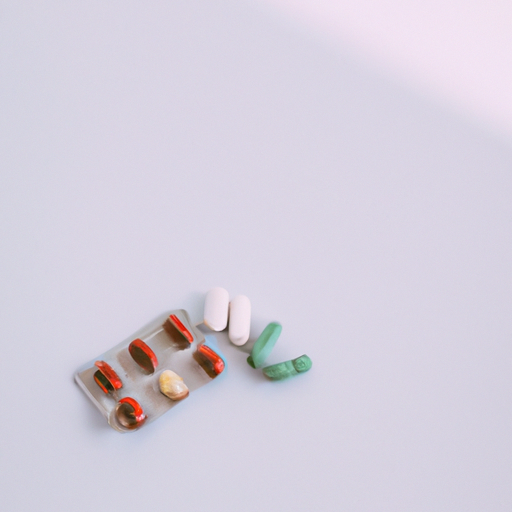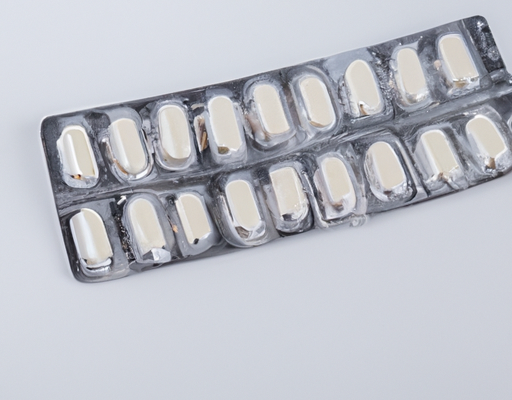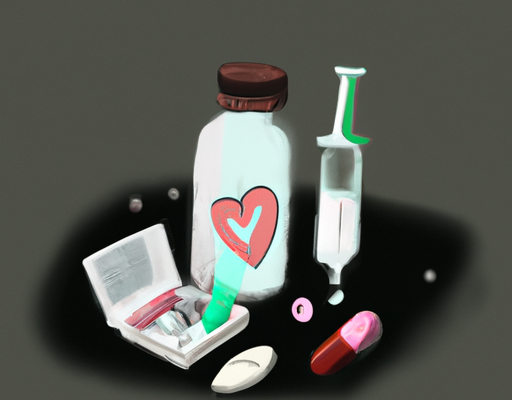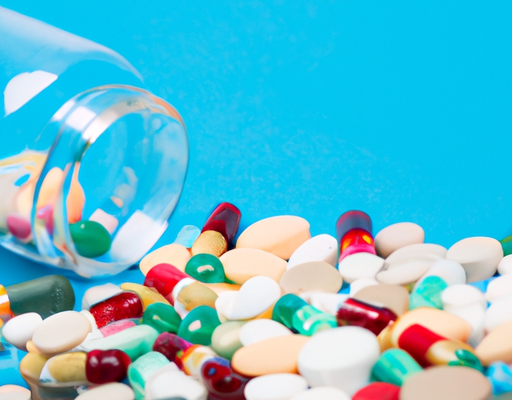• What are pimples?
Pimples are small, red bumps on the face or body. They are often filled with pus or other fluids and may be painful. Pimples are a common skin disorder, caused by a variety of factors such as clogged pores, bacteria, and hormones. Pimples can range from small, unnoticeable bumps to large, red and sore pimples. People of all ages, genders and complexions can suffer from pimples. Despite their prevalence, there is still a lot of misinformation out there about how to deal with, and often prevent, the unsightly and sometimes uncomfortable issue.
• What causes pimples?
Pimples, or acne, is an incredibly common condition that affects a large portion of the population at some point in their lives. Generally, pimples occur when the pores of the skin become clogged with oil, dirt, and dead skin cells. When this blockage occurs, bacteria can find its way into the pore, leading to infection. When the skin is inflamed, it leads to a red or white lump, or pimple, appearing on the surface. Other causes of pimples can include stress, hormones, genetics, an unhealthy diet, and certain medications. When it comes to squeezing your pimples, it’s best to leave this to the professionals, as it can lead to more severe and long-term damage.
• What happens if you squeeze a pimple?
Squeezing a pimple can seem like a good way to get rid of the impurity fast, however it is important to be aware of the side effects and potential damage it can cause to your skin. When you squeeze a pimple, you are putting a lot of pressure on a single area of the skin, which can potentially rupture the walls of surrounding skin cells, causing inflammation and infection. By squeezing a pimple, you spread the bacteria and oil that caused the pimple in the first place, leading to even more blemishes rather than helpful results. Additionally, squeezing may also cause the skin to become discolored and leave a scar that lasts much longer than the original pimple. For these reasons, it is important to keep in mind that squeezing a pimple can lead to bigger problems than the blemish that was trying to be removed in the first place. Therefore, it is generally advised to try other methods of spot treatment, such as topical ointments, before resorting to popping a pimple.
• Benefits of squeezing a pimple
Squeezing a pimple may be intimidating but it can be beneficial to your skin in the long run. Not only can squeezing a pimple reduce the size and redness of a pimple, it can also reduce the risk of scarring and infection. Squeezing can also help unclog pores, which can help improve the overall appearance of your skin. Additionally, squeezing a pimple helps get rid of the excess oil and bacteria that can accumulate in the area, which can help prevent future breakouts. Ultimately, squeezing a pimple can help keep your skin looking clearer and healthier for a longer period of time.
• Risks of squeezing a pimple
Squeezing a pimple can be a very tempting way to get rid of it quickly. However, it can be dangerous and can cause scarring, infection and even damage to the skin. Squeezing a pimple can push bacteria, oil and dirt deeper into the pore, leading to infection. Squeezing can also rupture the skin and cause scarring, which can be difficult to treat, and even lead to long-term discoloration of the skin. When you squeeze a pimple, there is also a risk of spreading the infection to other areas, leading to more breakouts. For these reasons, it is important to seek professional help, such as from a doctor or dermatologist, when dealing with pimples.
• Advice for squeezing a pimple
When it comes to pimples, it can be tempting to want to squeeze them out right away. While squeezing a pimple can sometimes be successful in getting rid of it, it must be done with caution. If you decide to squeeze a pimple, make sure to use clean, gentle hands and a sterile needle or tweezers. Use pressure when squeezing the pimple, but be careful not to press too hard. Take caution to avoid popping the pimple too hard, which can lead to bacteria getting into the skin and causing further infection. Afterwards, it’s important to keep the surface of the skin clean and continue to follow a regular skin care routine. Furthermore, it’s important to keep in mind that squeezing a pimple does not guarantee that it will be gone. If you have attempted to squeeze the pimple and it is still present, it is best to leave it alone and try other methods such as topical creams or visiting a dermatologist.
• Treatments for pimples
Squeezing a pimple is one of the most popular treatments for pimples. Although it may provide instant relief, it should be done with caution. Squeezing or popping a pimple can lead to inflammation, leading to bacterial infection and scarring. There are other much safer treatments for pimples that can be used instead. Here is an ordered list of some effective treatments for pimples:
- Benzoyl Peroxide – a topical treatment which helps to reduce the number of acne-causing bacteria.
- Retinoids – a derivative of Vitamin A which is applied directly to the skin.
- Salicylic Acid – a topical treatment which assists in filling dead skin cells.
- Light Therapy – uses laser to reduce inflammation and bacteria on the skin surface.
- Oral Contraceptives – helps to reduce sebum production and inflammation.
These treatments are much safer alternatives to squeezing a pimple and help to reduce inflammation and bacteria. It is recommended to speak with your doctor or skin specialist to discuss the best treatment for your skin type.





No Comments